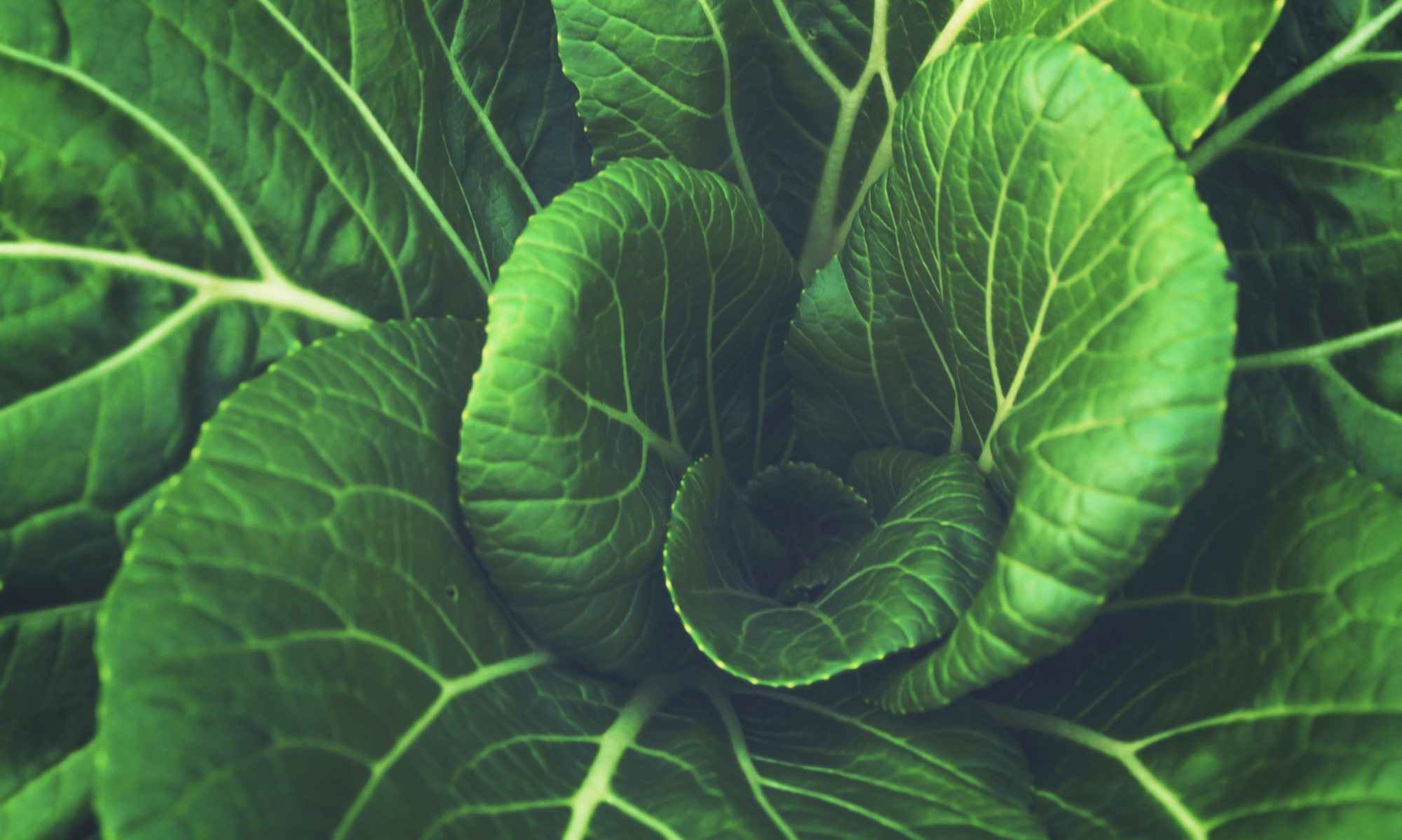We have discussed the story of biology for a long time without getting technical. At this point, it would help to introduce some knowledge regarding what building blocks are used by living organisms. This will help us better understand exactly how we are able to create such complexity out of the raw materials provided by Earth. We now begin to dive into the most fundamental topic of biology: macromolecules.
Biology Book Review 1: Good Reads
Introduction
A large portion of my knowledge in the realm of biology is thanks to informative literature.I have learned a lot about biology from books. In this biology book review, I will briefly highlight the 5 most influential books thus far:
Note: The links at the end of each review link to Amazon product pages. If you buy these products through my links, I get a small commission from Amazon (at no cost to you).
How Habits Work: The Key to Change
How Habits Work: The Neurology
Learning how habits work is important to understand both the history of humanity as well as your own life. Our brains create habits in order to reduce the effort it takes to accomplish repetitive tasks. Biologically, each action we take requires our brain to fire a nervous impulse. This impulse travels in a specific pattern between millions of neurons in order to generate a response. Naturally, this process requires a lot of energy to accomplish, pumping and releasing ions across a concentration gradient millions of times per signal is very costly. As a result, the body has an inbuilt machine that makes signals efficient: myelin.
Myelin is the key when discussing how habits work. This molecule is a fatty substance that is deposited on neurons in layers like an onion. The function of myelin is literally insulation of a biological wire. When someone does an action multiple times, like practicing a chord on a guitar or a dribble in soccer, the same pattern of nerves fire in the brain. As the nerves continue to fire, they attract helper cells known as oligodendrocytes which latch on to the firing fiber. Slowly, these cells secrete myelin and wrap it around the nerves that are firing.
As the myelin build up over weeks, months, and years, the pattern of impulses needed to perform the action become more efficient. This is because the myelin stops ions from leaking out of the nerves and reduces the signal’s travel time. As a result, the action becomes more natural and the practiced skill becomes unconscious. Pro soccer players don’t think about how they are dribbling the ball, they have done it so much that they can spend their mental energy looking for open players while letting their body do the work.
This biological story is also the foundation for how habits work. By performing the same action over and over, like biting your nails or eating a late night snack, the pattern of neurons that form the action get triggered. This repeated triggering results in the myelination of those circuits in order to save energy and improve efficiency. Sadly, the oligodendrocytes that do the insulating cannot tell the difference between good and bad actions, only that something is getting triggered over and over and energy can be saved. Over time, this makes the habit unconscious until you don’t even realize it is happening.
But why do we feel compelled to do the same things over and over at the beginning? We don’t keep on biting our nails on purpose until it becomes a habit. In order to explain how habits work at the start of the cycle, we must learn the science behind the habit loop.




